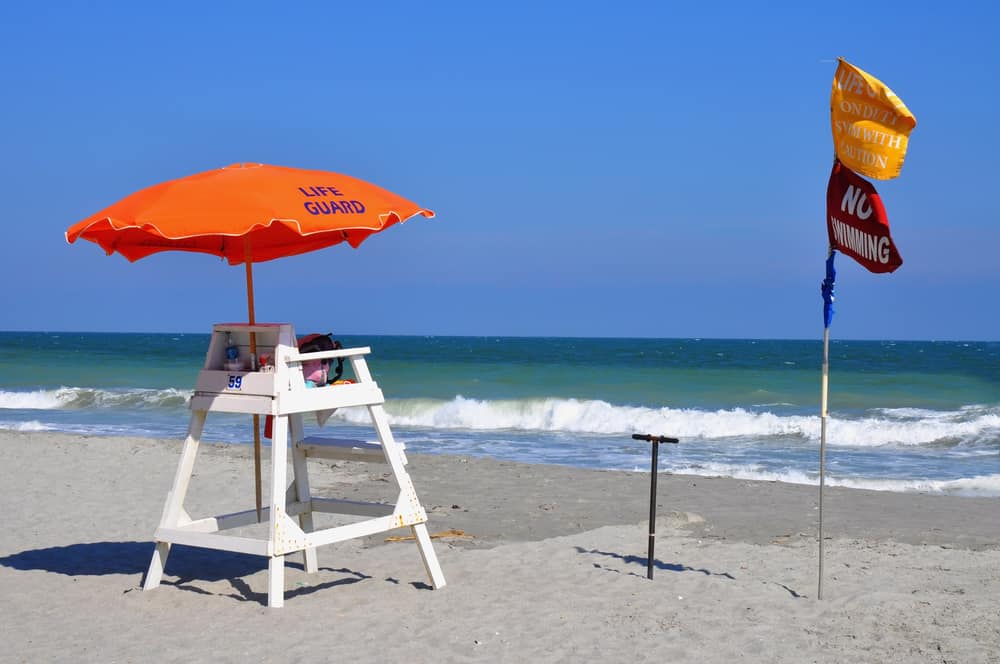
The track of Hurricane Florence has shifted overnight, Riskpulse’s Chief Meteorologist, Jon Davis, and its Senior Weather Analyst Mark Russo explained in a webinar on Wednesday. At the time of Riskpulse’s webinar, the center of Florence was 530 miles southeast of Cape Fear, North Carolina, the current projected area of landfall.
“Florence continues to be a really impressive storm–a Category 4–as it approaches the Carolina coast. The important thing to us is that near the eye of the storm, convection and thunderstorm activity is building, which is a sign of strengthening. We expect that to continue today and into tomorrow,” said Riskpulse.
One of the reasons for the strengthening, as mentioned yesterday, is the anomaly of the unusually warm waters, upwards of 2-3 degrees Celsius above normal.
“We’ve never seen a track like this,” Davis and Russo stated.
Looking back on hurricane history, Riskpulse noted that Arthur, Harvey, Hermine, Irma, Matthew and Nate were almost all African waves that tended to take a southerly track toward the Caribbean or through the Gulf of Mexico before making landfall as a hurricane in the US. “The track of Florence is entirely different and, from a track standpoint, is highly, highly unusual” the two admitted.
“The most noteworthy news this morning is that the track has shifted south. The Carolinas are still at risk, but the border between South Carolina and North Carolina is now the most likely area of landfall. The stalling out of the storm means the inland flooding damage could be severe,” according to Riskpulse.
“Another impact of the storm stalling out is the potential for hurricane force winds. The areas closest to the coast will still see very strong hurricane force winds, but more of South Carolina and Georgia will experience wind impact. With that reduction in North Carolina, that begins to reduce the risk of tropical storm and hurricane force winds,” Davis and Russo explained.
The high-impact zone has shifted southwest to include all of South Carolina and parts of eastern Georgia. This begins to reduce the risk of flooding in North Carolina and Virginia, but threats of heavier rainfall continues into the plain regions of Raleigh, Durham, and Charlotte.
Within the zone of the highest impact, you find major lanes of transportation, like I-95, which includes 319 miles at high risk of inland flooding.
“We’re not only dealing with the issue of moving freight across the area, we’ve already heard about changes in freight rates and capacity changes with the movement of relief supplies to the area,” said Davis and Russo.
Eastern North Carolina continues to be at risk–putting the area’s major chicken supply and processing industries in the crosshairs.
Looking ahead, Riskpulse anticipates the potential for long-term power outages across the Carolinas. While Florence continues to evade major energy infrastructure, such as oil refineries or offshore oil platforms, the storm’s shift has brought attention to Elba Island, Georgia, which houses a liquefied natural gas (LNG) import terminal.
“Risk has been reduced in Virginia, but it’s increased in South Carolina and Georgia, especially in and around Atlanta, which we’ll be monitoring in the next few days,” Davis and Russo concluded.










